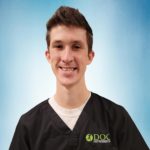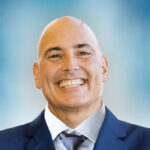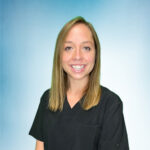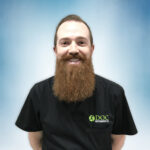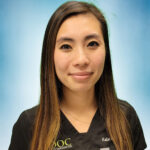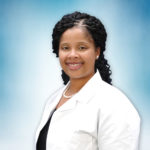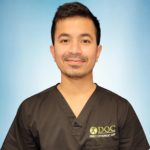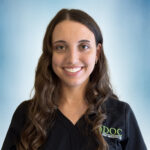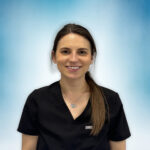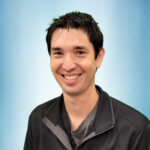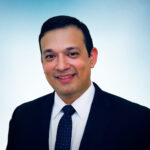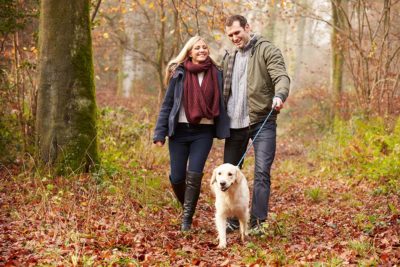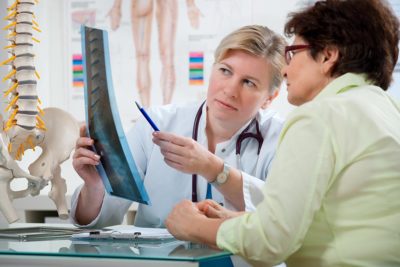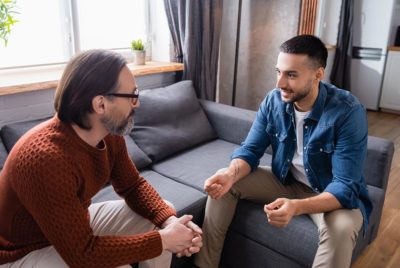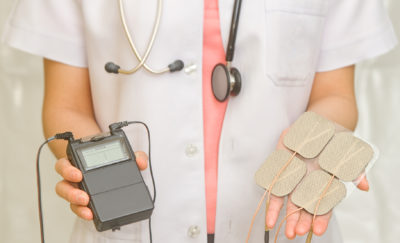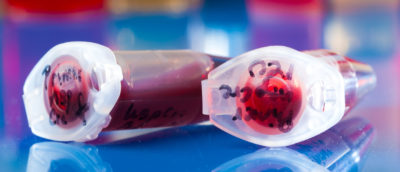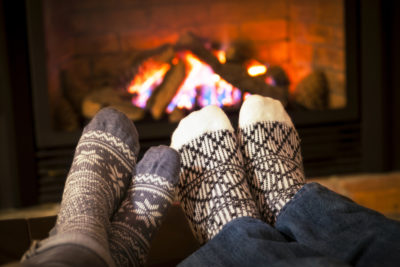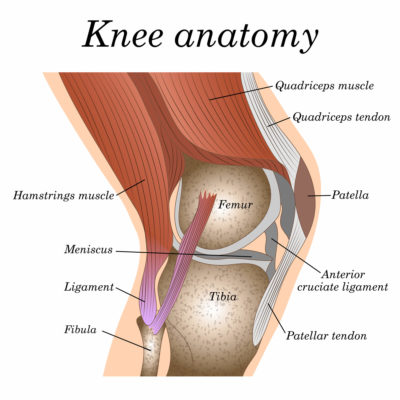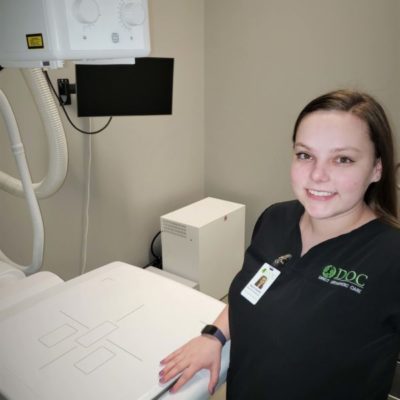Labrum Tears
The shoulder joint has three bones: the shoulder blade (scapula), the collarbone (clavicle), and the upper arm bone (humerus).
The head of the upper arm bone (humeral head) rests in a shallow socket in the shoulder blade called the glenoid. The head of the upper arm bone is usually much larger than the socket, and a soft fibrous tissue rim called the labrum surrounds the socket to help stabilize the joint. The rim deepens the socket by up to 50% so that the head of the upper arm bone fits better. In addition, it serves as an attachment site for several ligaments.
Injuries to the tissue rim surrounding the shoulder socket can occur from acute trauma or repetitive shoulder motion. Examples of traumatic injury include:
- Falling on an outstretched arm
- A direct blow to the shoulder
- A sudden pull, such as when trying to lift a heavy object
- A violent overhead reach, such as when trying to stop a fall or slide
Throwing athletes or weightlifters can experience glenoid labrum tears as a result of repetitive shoulder motion.
There are several types of labral tears:
- A SLAP lesion (superior labrum, anterior [front] to posterior [back]) is a tear of the labrum that usually occurs on the upper part of the socket and may also involve the origin, or starting point, of the long head of the biceps tendon.
- A tear of the front part of the labrum at the bottom of the socket is called a Bankart lesion. This usually happens from an interior shoulder dislocation (a dislocation when the humeral head comes out of the front of the socket).
- A tear of the labrum can also occur in the back part of the socket. This is called a posterior labral tear. It can be a traumatic tear due to injury, or it may be degenerative due to normal wear and tear.
Tissue surrounding joints like the shoulder have poor blood supply. As such, injuries to these areas heal slowly and often incompletely because of insufficient cellular supply. Regenerative Medicine Orthobiologics applications of blood platelets or bone marrow aspirate utilize your own healing cells by applying the beneficial properties directly to damaged tissue to enhance repair and regeneration on a cellular level.
Trust Link: https://orthoinfo.aaos.org/en/diseases--conditions/shoulder-joint-tear-glenoid-labrum-tear/



